Those in construction faced much uncertainty in 2018, with government decisions impacting the industry and major projects left up in the air.
Among industry leaders, by far the most the most controversial issue of the year was the NDP government’s introduction of a new community benefits agreement (CBA) framework.
Announced during the latter half of the summer, the move means the province’s public projects will go forward under this new framework, starting with the Pattullo Bridge and a project to four-lane the Trans-Canada Highway between Kamloops and Alberta.
According to Premier John Horgan, CBAs will focus on priority hiring of Indigenous people and women; hiring of skilled workers who live within close proximity to projects; and maximize apprenticeship opportunities.
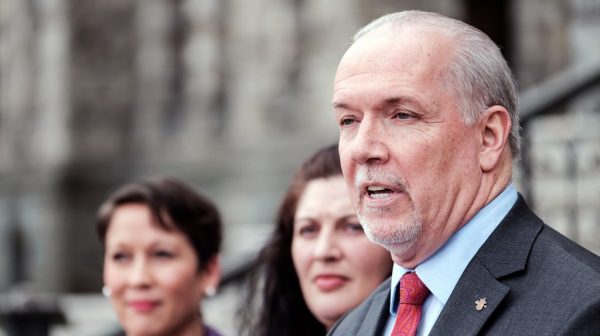
While industry stakeholders agree in principle to several of the objectives of CBAs, the government decision quickly came under fire with various groups stating the agreements contain a “union-only” model that favours the Buildings Trades and is “unfair” and “discriminatory.”
In September, tensions grew hotter as a group of construction associations, unions, businesses and individuals filed a petition to the B.C. Supreme Court to strike down the hiring model.
Among the signatories were the Independent Contractors and Businesses Association, the Vancouver Regional Construction Association, the Progressive Contractors Association of Canada (PCA) and the British Columbia Construction Association.
In October, the PCA launched a campaign called “Money Well Wasted,” which claims the B.C. government’s CBA framework will waste millions of taxpayers’ money by restricting public infrastructure projects to a number of eligible unions.
BC Building Trades executive director Tom Sigurdson has repeatedly dismissed claims that unions would have monopoly control over the employment of construction workers, calling it “just not true.” The B.C. government has also repeatedly told the Journal of Commerce (JOC) that “under the CBA approach, all contractors can bid on projects, union or non-union. Although workers must join a union while they work on the project (as is the case with all unionized worksites in B.C.), they do not need to be unionized before or after working on the project.”
This is an issue the JOC expects will continue to surface throughout the new year.
Sticking with government decisions and differing opinions, industry stakeholders were also at odds over a review of B.C.’s Labour Relations Code. The review got underway earlier in the year, with the stated intent to ensure the code supports a growing and sustainable economy and is consistent with best practices in other regions across Canada. One of the issues on the table was whether to keep a secret ballot for union certification, rather than move to a card check system.
In the fall, the government received 29 recommendations, among those was an item to keep the secret ballot process. While this news was welcomed by several groups, there was and is concern the recommendation may not be followed by the government.
One of the biggest project announcements in the province’s, and even the nation’s, history was also announced in 2018.
LNG Canada, a joint venture composed of Royal Dutch Shell, PETRONAS, PetroChina, Mitsubishi Corporation and KOGAS, announced their final investment decision to build a massive $40-billion liquefied natural gas (LNG) export terminal in Kitimat, B.C. in October.
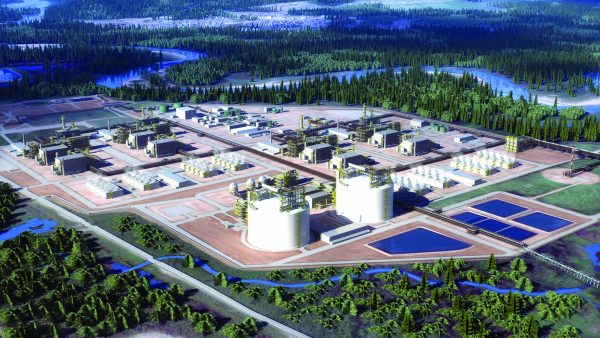
After several high-profile projects had been stalled or cancelled, the LNG Canada announcement was applauded by the industry.
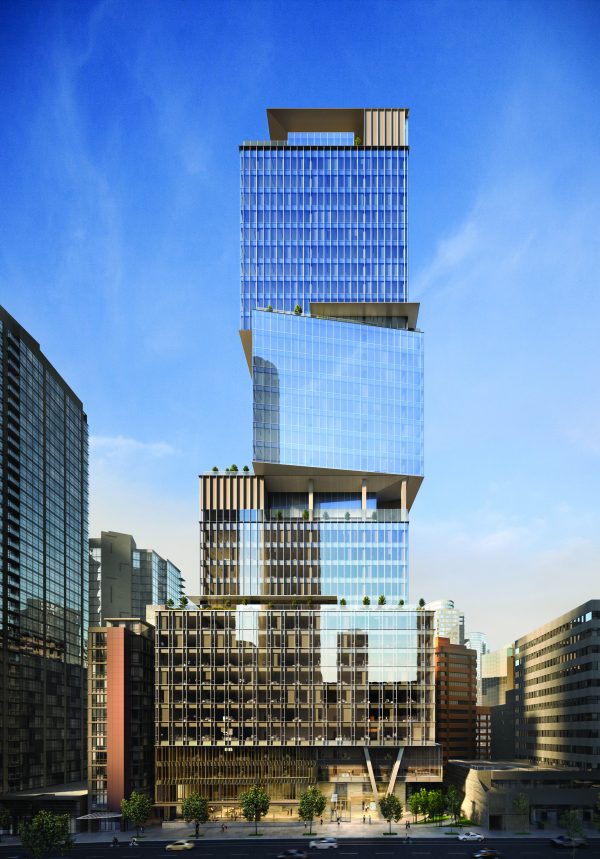
Another project first was also announced for downtown Vancouver, with plans unveiled for The Stack.
The 540,000-square-foot development will rise 530 feet and will be the tallest tower in the downtown core. The build is scheduled for completion by early 2022.
One project that received a lot of attention in 2017 was a little less noisy, though still made some headlines, in 2018.
After the Site C project faced an unknown future in 2017, construction work on the 1,100-megawatt, $10.7-billion hydroelectric dam and generating station on the Peace River moved ahead in 2018, but not without some hurdles.
The project does still face challenges with several Indigenous groups stating their treaty rights were violated. They are seeking court injunctions to have work suspended.


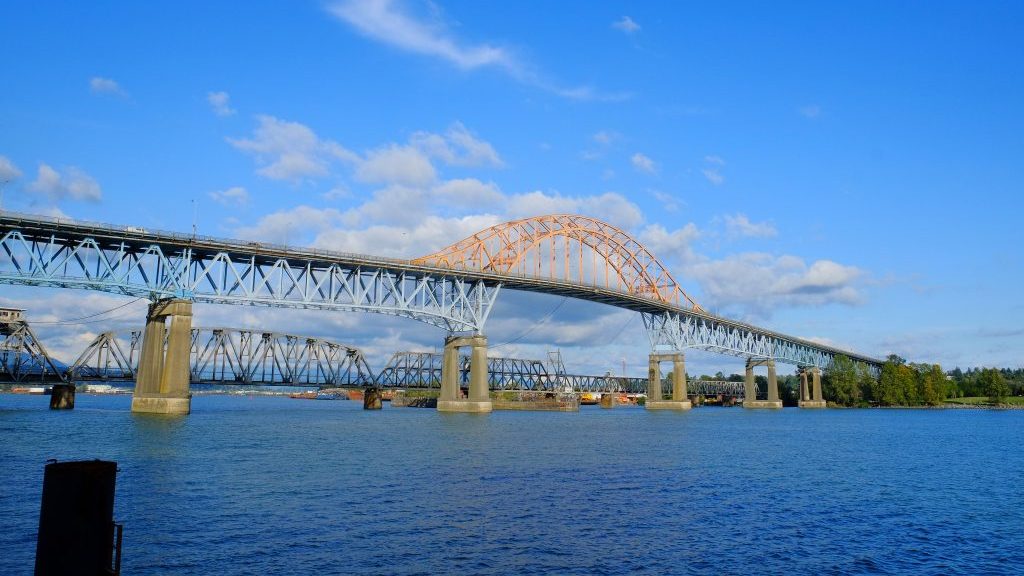
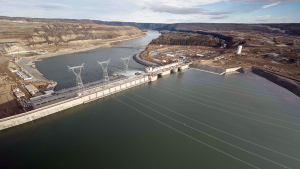

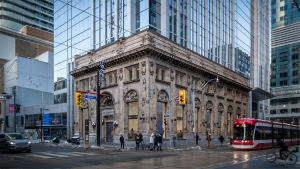

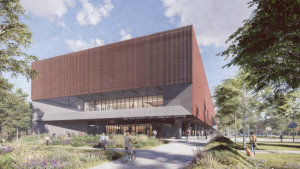
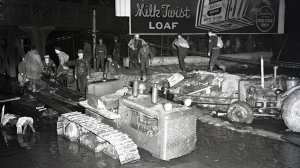
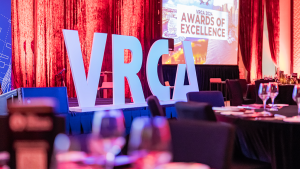

Recent Comments
comments for this post are closed